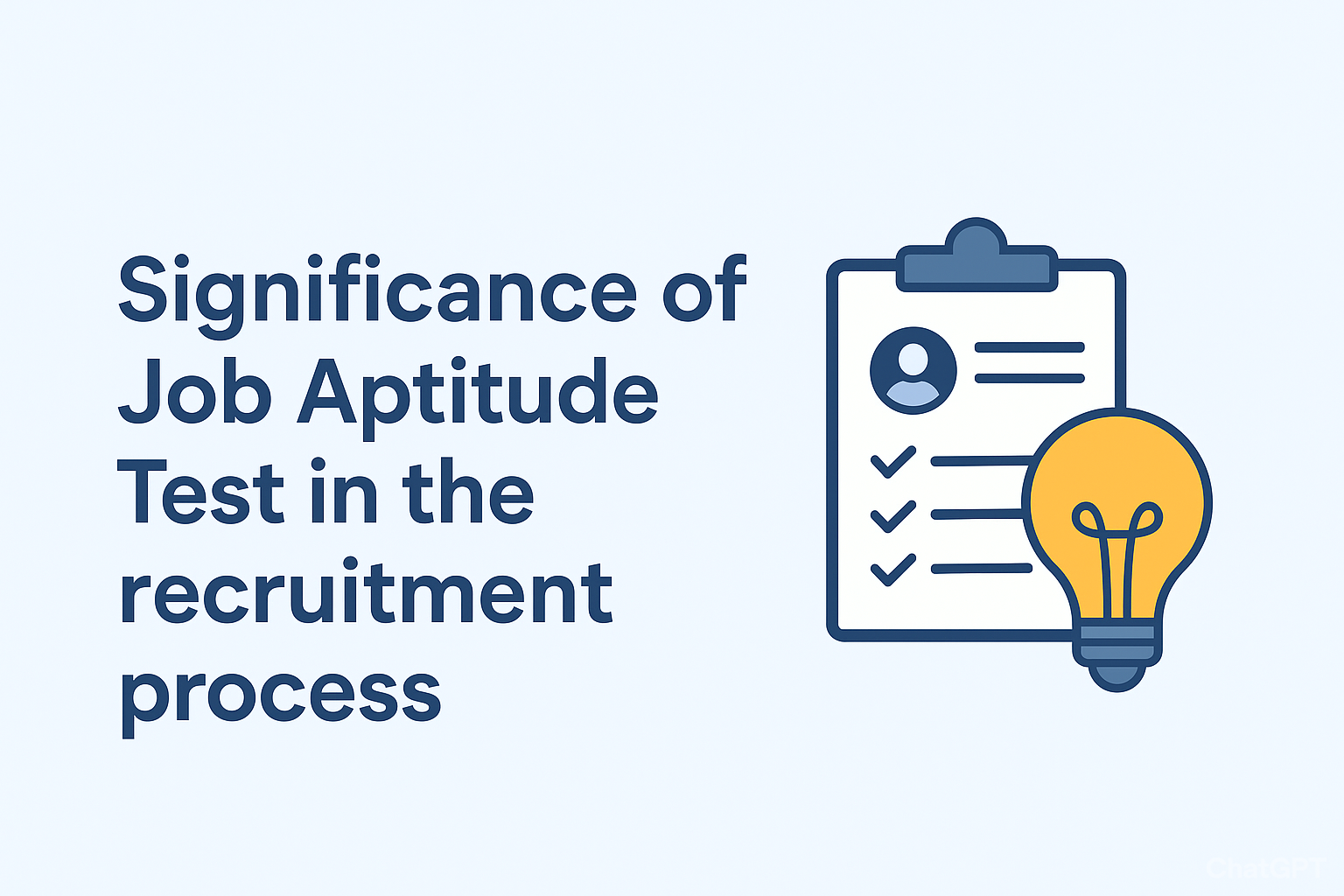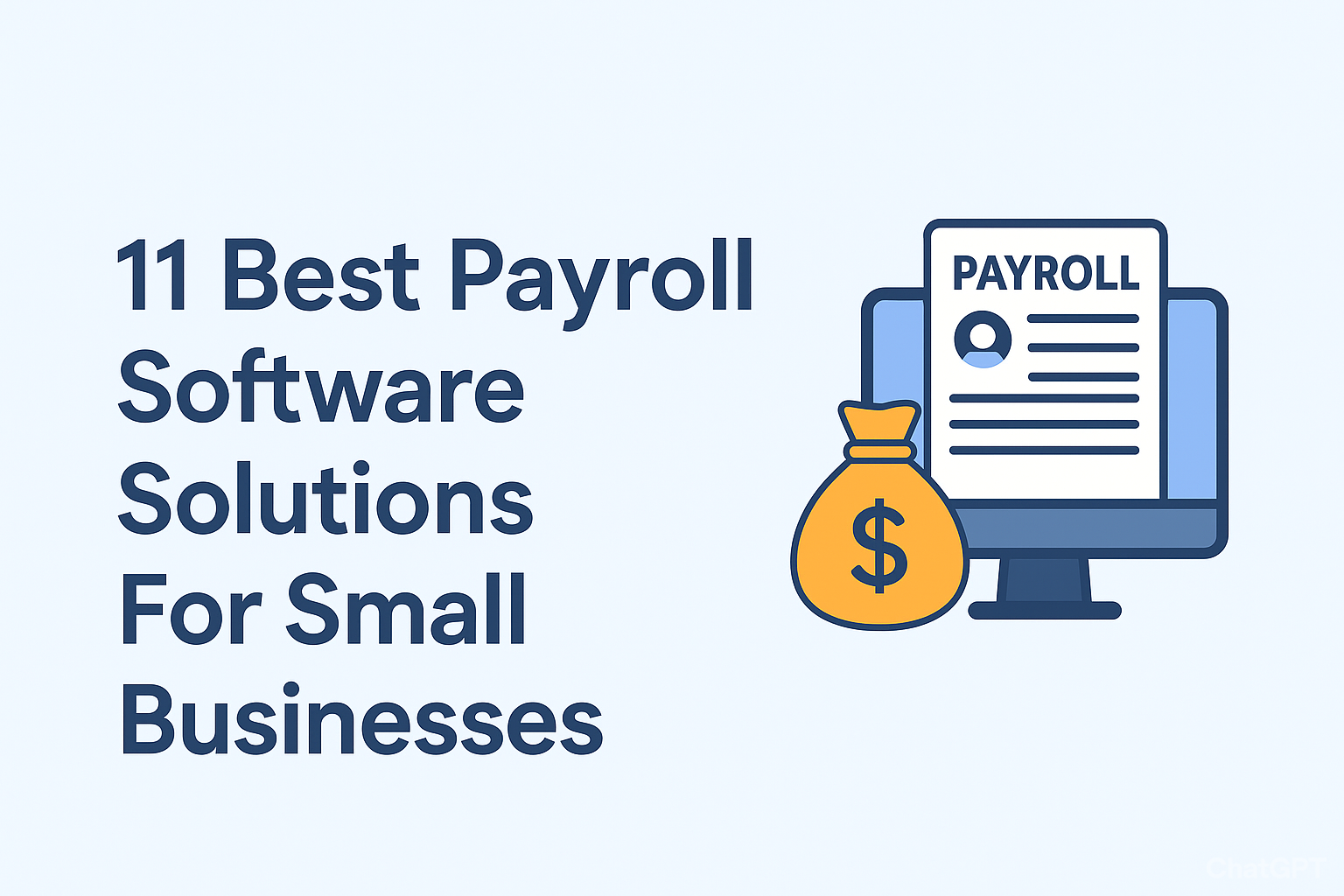Last Updated on December 16, 2024 by Rida Gul
In the competitive world of sales, businesses are increasingly turning to Artificial Intelligence (AI) Sales Development Representatives (SDRs) to streamline their processes and drive growth. However, before diving into AI SDR technology, it’s crucial to conduct a thorough cost-benefit analysis to understand the financial implications of such an investment. This article evaluates the potential costs and expected returns on investment (ROI) associated with implementing AI SDRs, helping organizations make informed decisions about their adoption.
Table of Contents
Potential Costs of Implementing AI SDRs
1. Initial Setup and Integration Costs
Description: Integrating AI SDR technology with existing sales systems involves upfront expenses. These include the cost of purchasing or subscribing to the AI platform, configuring it to fit specific business needs, and integrating it with existing CRM systems.
Considerations: Businesses should budget for both the software purchase and the costs associated with technical integration. It’s also essential to account for any potential downtime or disruptions during the integration process.
2. Training and Change Management
Description: Adopting new technology requires investing in training programs to ensure that sales teams can effectively use AI SDRs. This includes training sessions, workshops, and ongoing support to help staff adapt to the new system.
Considerations: Training costs can vary based on the complexity of the AI tool and the size of the sales team. Change management efforts are also necessary to address resistance and facilitate a smooth transition.
3. Ongoing Maintenance and Support
Description: AI SDRs require regular maintenance and updates to remain effective. This involves ongoing subscription fees, support services, and potential costs for software upgrades.
Considerations: Businesses should plan for recurring costs related to maintenance and technical support. Ensuring that the AI system remains up-to-date and functional is crucial for maximizing its effectiveness.
Expected Returns on Investment (ROI)
1. Increased Efficiency and Productivity
Description: AI SDRs automate repetitive tasks such as lead qualification, data entry, and follow-up communications. This automation frees up valuable time for sales teams, allowing them to focus on high-value activities and strategic engagements.
Benefits: Enhanced efficiency leads to a more productive sales force, potentially increasing the number of leads generated and deals closed. The time saved by automating routine tasks can result in significant cost savings and improved overall sales performance.
2. Improved Lead Quality and Conversion Rates
Description: AI SDRs use advanced algorithms to analyze data and identify high-potential leads with greater accuracy. This targeted approach enhances lead quality and increases the likelihood of successful conversions.
Benefits: By focusing on high-quality leads, sales teams can improve their conversion rates and achieve better results. Higher conversion rates contribute to increased revenue and a stronger return on investment.
3. Enhanced Data-Driven Decision Making
Description: AI SDRs provide valuable insights and analytics that help sales teams understand customer behavior, market trends, and the effectiveness of sales strategies. These insights enable more informed decision-making and strategic adjustments.
Benefits: Data-driven decisions lead to more effective sales strategies, optimized resource allocation, and better alignment with market demands. This strategic advantage can drive revenue growth and enhance competitive positioning.
4. Scalable Growth
Description: AI SDRs are designed to handle large volumes of data and interactions, making them highly scalable. As businesses grow, AI SDRs can efficiently manage increased lead volumes without requiring proportional increases in human resources.
Benefits: Scalability allows businesses to expand their sales operations without incurring substantial additional costs. This scalability supports long-term growth and ensures that the sales process remains efficient and effective.
Weighing the Costs Against the Benefits
To conduct a thorough cost-benefit analysis, businesses should:
Quantify Costs: Calculate the total costs associated with initial setup, training, maintenance, and support. Include both direct financial expenses and any potential indirect costs, such as productivity losses during the transition period.
Estimate Benefits: Project the potential benefits of AI SDRs, including increased efficiency, improved lead quality, enhanced decision-making, and scalable growth. Consider how these benefits translate into increased revenue and cost savings.
Analyze ROI: Compare the total costs with the estimated benefits to determine the expected return on investment. Evaluate whether the potential gains justify the upfront and ongoing expenses.
Monitor Performance: After implementation, track the performance of AI SDRs and measure actual results against projections. Use this data to assess the effectiveness of the investment and make any necessary adjustments.
Implementing AI SDR technology involves a careful evaluation of costs and expected returns. While the initial investment and ongoing expenses can be significant, the potential benefits—including increased efficiency, improved lead quality, data-driven decision-making, and scalable growth—can provide a substantial return on investment. By conducting a comprehensive cost-benefit analysis and monitoring performance post-implementation, businesses can make informed decisions and harness the full potential of AI SDRs to drive sales success and achieve their strategic goals.
Apart from that, if you are interested to know about Diversified and Effective Sales Approach then visit our Business category.



























